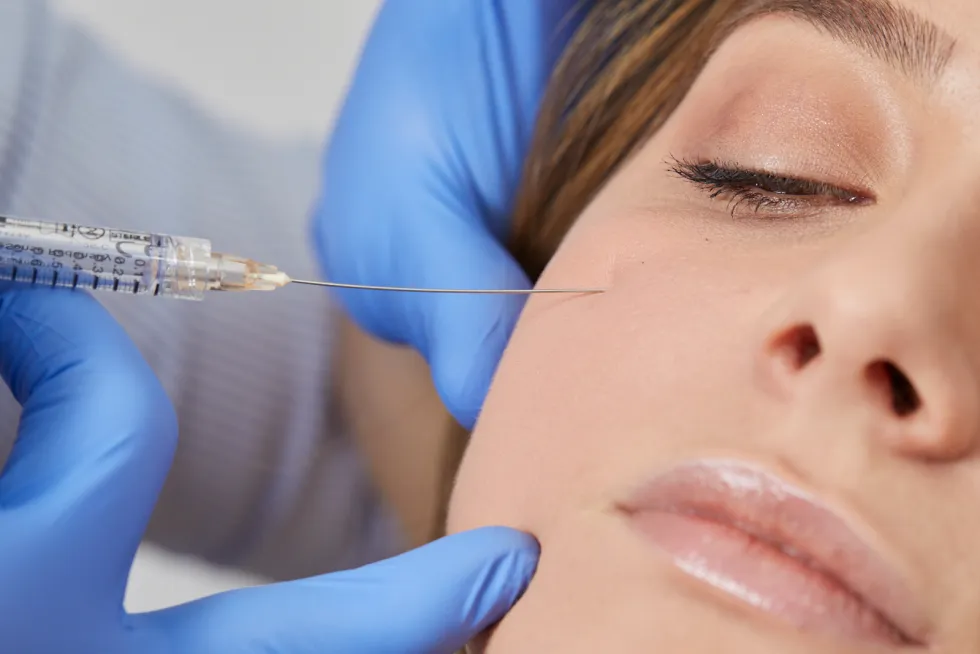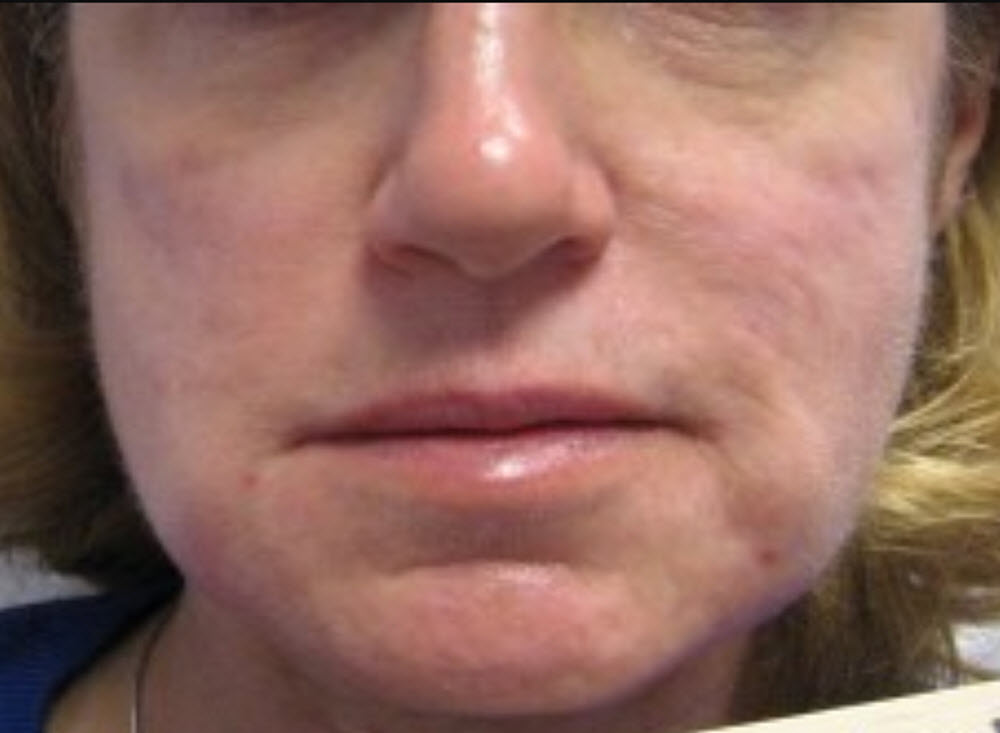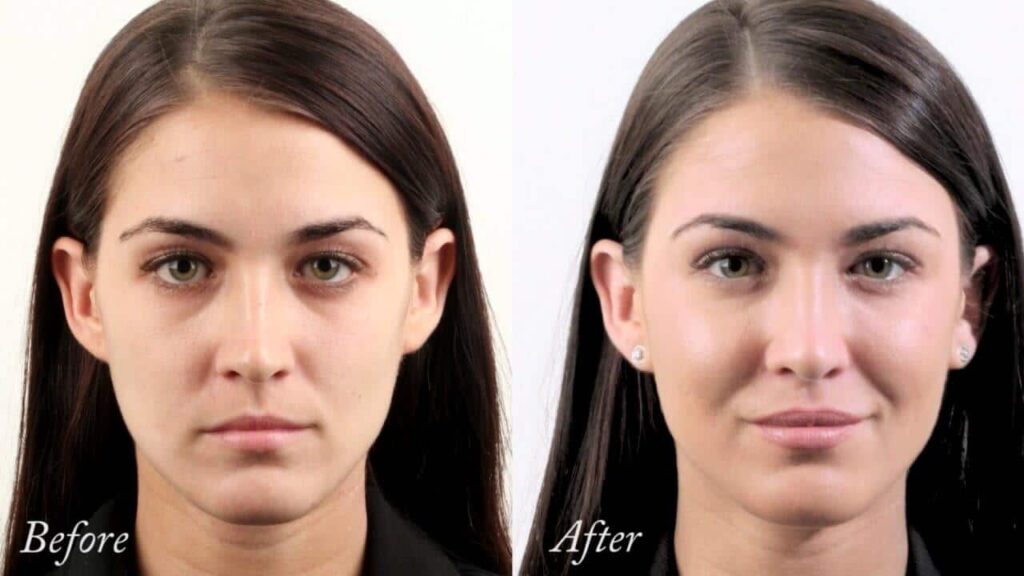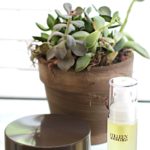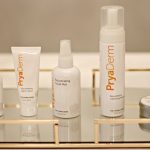Volume loss changes how our face looks as we age. The focus has shifted from filling wrinkles to restoring lost volume. Facial volume directly impacts how young or old we appear. Modern treatments address the face as a whole rather than fixing individual lines.
Volume restoration creates more natural results than simply targeting wrinkles.Have you noticed how a full, defined cheek area makes someone look youthful?
This happens because volume in the midface supports surrounding structures. Hyaluronic acid fillers now serve as the primary tool for restoring this lost volume. These gel-like substances replace what time has taken away.
The right approach considers the entire face in three dimensions. This creates harmony rather than just filling specific areas.
What makes cheek volume so critical to a youthful appearance? The answer lies in how volume loss affects everything around it.
Why Cheek Volume Matters
Cheeks are the scaffolding of the face. When they are full and lifted, everything looks more youthful—eyes appear brighter, smile lines soften, and the jawline looks more defined.
As volume fades, we lose that structure. Cheeks flatten, folds deepen, and skin begins to sag. It is not just about the cheeks—it is the chain reaction that follows. Restoring volume here often improves the entire face.
How Volume Loss Happens
Aging does not just affect the surface—it changes what is underneath. Fat pads shrink and shift downward. Bone density reduces. Skin becomes thinner and less elastic.
Lifestyle factors speed things up: weight loss, sun damage, smoking, and stress all play a role. Genetics can also set the pace.
The result? A hollow, tired look that no cream can fix.
Why Hyaluronic Acid Fillers?
Hyaluronic acid (HA) is a naturally occurring substance in our skin, joints, and connective tissue. Its main role? Hydration. It binds to water—up to 1,000 times its weight—keeping skin plump, smooth, and elastic.
As we age, our natural HA levels drop. Skin becomes thinner, drier, and more prone to volume loss. That is where injectable HA fillers come in.
What Makes HA Fillers Unique?
Unlike permanent fillers, HA fillers are temporary and reversible. If needed, they can be dissolved with an enzyme called hyaluronidase. This gives both patients and providers more control and peace of mind.
They are also biocompatible, meaning the body accepts them without a major immune response. Side effects are generally minimal and short-lived—typically limited to mild swelling or bruising.
How HA Fillers Restore Cheek Volume
When used in the midface, HA fillers:
- Rebuild volume in the fat pads and bone structure
- Gently lift sagging skin
- Improve contour and projection of the cheekbone
- Soften smile lines and nasolabial folds indirectly
They do not just “fill”—they sculpt, lift, and restore. A well-placed filler creates the illusion of youth by reestablishing the angles and curves that time has flattened.
Treatment Approach: It Is All About Balance
Effective treatment starts with a full-face evaluation. The goal is not to “fill” a cheek—it is to restore balance and lift.
Injectors often layer filler at different depths:
- Deep injections restore foundational volume
- Superficial layers fine-tune the contour
This approach lifts the face, not just the cheek. It avoids puffiness and keeps results natural-looking.
What To Expect During And After Treatment
Before: Your provider will assess your facial structure and discuss your goals. Photos and markings may help guide the plan.
During: Treatment usually takes 15–30 minutes. A fine needle or cannula is used, often with numbing for comfort.
After: Mild swelling or bruising is common, but downtime is minimal. Most people return to normal activity the same day.
Results are immediate and improve as swelling settles. Fillers in the cheek area can last 12–24 months, depending on the product used and your metabolism.
Natural Results vs Overdone Looks
The best aesthetic treatments are the ones no one can pinpoint. People may say you look refreshed, rested, or even happier—but not “filled.” That is the goal with cheek fillers: subtle, structural enhancement, not obvious alteration.
Why Some Cheeks Look “Done”
Overdone cheeks often share a few common mistakes:
- Too much volume placed too high, creating a puffy or pillowy look
- Lack of blending with surrounding areas, making the cheeks look separate from the rest of the face
- Ignoring facial proportions, leading to imbalance between the upper, mid, and lower face
These results do not happen because of the filler—it is how it is used. Cheek volume should complement your unique facial anatomy, not compete with it.
A skilled injector knows how to:
- Respect the natural shape of your cheekbones and midface
- Balance left and right sides, even when natural asymmetries exist (and they always do)
- Work in harmony with light and shadow, restoring youthful contours rather than creating new ones
Use layering and depth strategically, so filler integrates smoothly into the tissue
Instead of just adding volume, they restore structure, subtly lifting the face and refreshing the appearance.
Is It Right for You?
Cheek filler works for a wide range of people—not just for aging concerns.
Some have naturally flat cheeks or want more contour. Others notice sagging or hollowness from age, weight loss, or high-intensity workouts. Even younger clients benefit from subtle volume that improves definition and symmetry.
It Is About More Than Age
In your 20s or 30s, cheek filler can:
- Enhance bone structure
- Add gentle lift
- Balance facial proportions
In your 40s or beyond, it helps restore lost support and soften nearby lines.
Top Hyaluronic Acid Fillers For Cheek Volume
Here are some of the top hyaluronic acid (HA) fillers widely used by aesthetic professionals for restoring cheek volume. These are known for their lift capacity, longevity, and ability to integrate naturally into midface tissue:
Juvederm Voluma XC (Allergan)
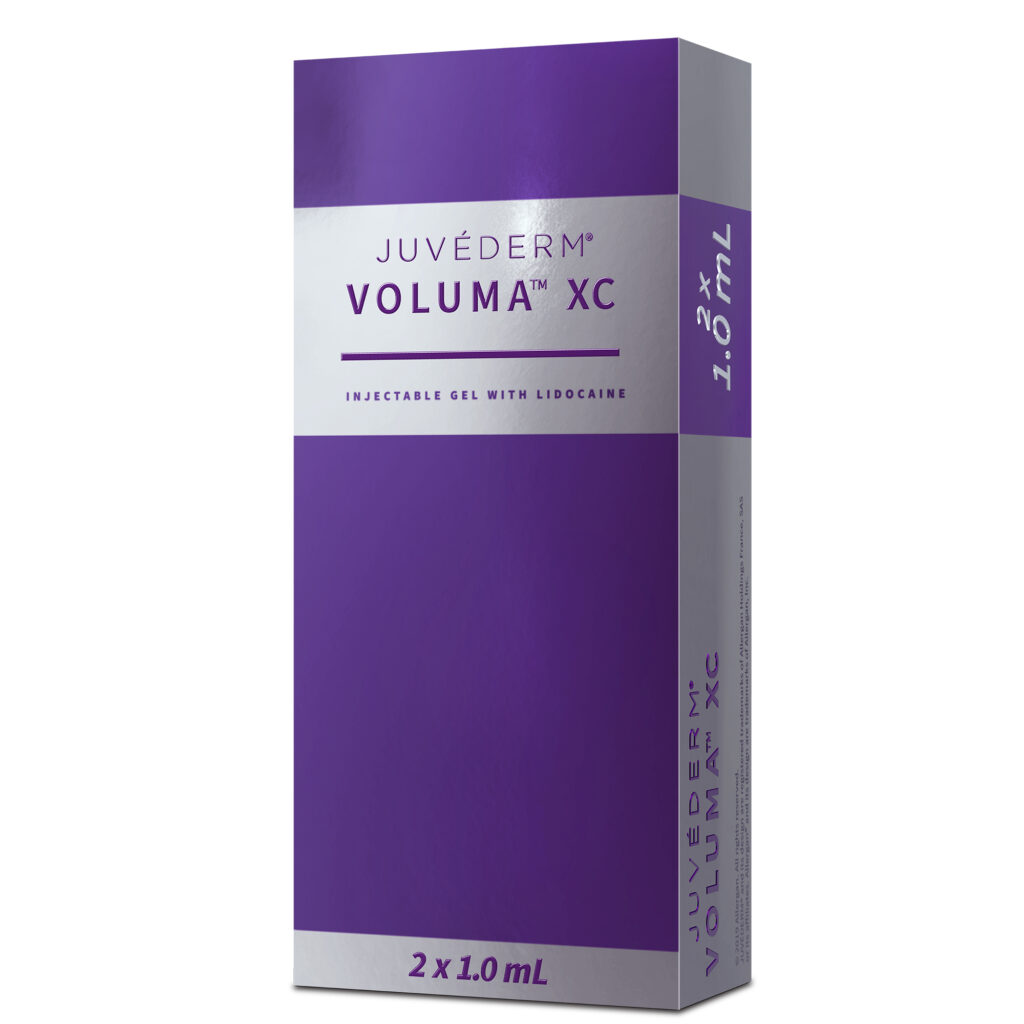
- Purpose: Deep injection in the cheeks for lift and volume
- Texture: Thick and highly cohesive
- Longevity: Up to 18–24 months
- Highlights: FDA-approved specifically for cheek augmentation; offers strong lift and structure
Restylane Lyft (Galderma)
- Purpose: Midface volume loss, structural support
- Texture: Firmer gel for deeper placement
- Longevity: About 12–18 months
- Highlights: Originally used for hands and nasolabial folds as well; versatile and reliable for cheeks
Teosyal RHA 4 (Teoxane)
- Purpose: Dynamic volume in areas of frequent movement
- Texture: Resilient and elastic
- Longevity: Around 12–15 months
- Highlights: Great for patients who want volume with flexibility; moves well with facial expressions
Belotero Volume (Merz)
- Purpose: Deep volumization and contour
- Texture: Smooth integration with soft tissue
- Longevity: Around 12–18 months
- Highlights: Balanced density, good for natural-looking contour and projection
Final Thoughts
Youthful faces are full, lifted, and balanced. Cheek volume is a key part of that.
Hyaluonic acid fillers are powerful tools for restoring this volume—but the magic is in how they are used.
Done right, they do not just change your cheeks. They rejuvenate your entire expression.
